The plastic legacy at the bottom of the planet
29 May, 2025 by Emily Neville
At the bottom of the world, where few humans have ever set foot, an unwelcome visitor has arrived. Antarctica – the vast, frozen wilderness of ice and snow – is …
An estimated 75% of all the litter in our oceans is plastic, and around 5 million tonnes of plastic waste enter the ocean annually. Scientific observations of a significant concentration of plastics debris in both polar oceans indicate that plastic pollution is a global problem. The impacts of this debris on the sensitive polar ecosystem could be profound and BAS plays a key role in turning this science into policy.
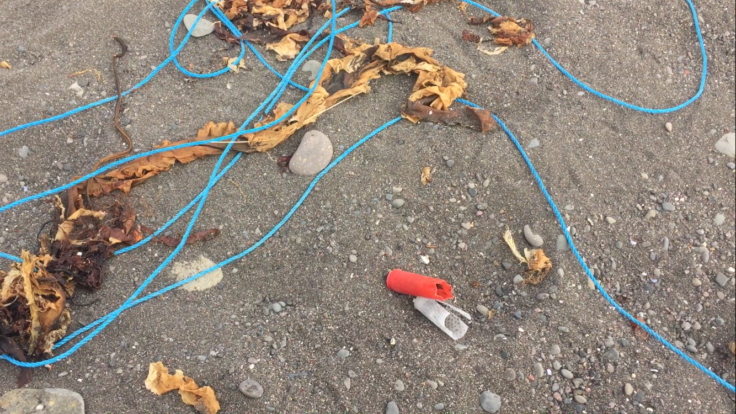
The Southern Ocean has the lowest densities of large plastic litter in the world. For the last three decades, the British Antarctic Survey has been regularly monitoring large plastic debris washed up on beaches near its research stations and recording incidences of ingestion and entanglements of birds and mammals. Many of these animals travel huge distances to find food and can bring plastics and other marine debris to the Antarctic from more polluted areas of the world.
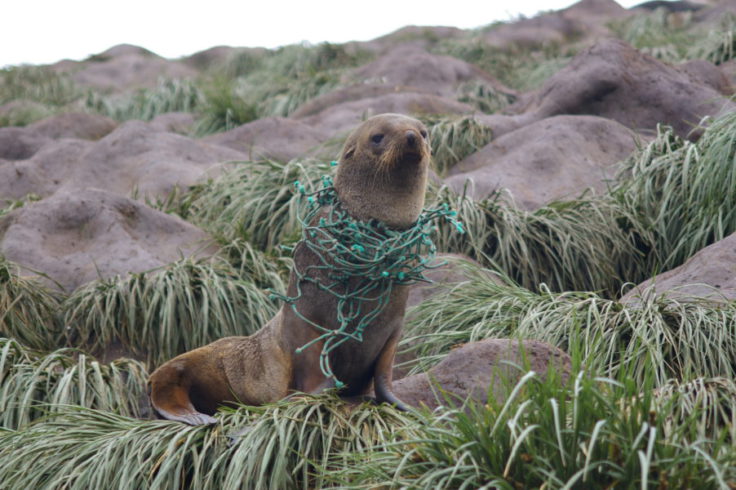
More recently we have also turned our attentions to the emerging and worrying issue of microplastics, smaller pieces of plastic less than 5 mm in size. Microplastics can come from a range of sources: personal care products (such as toothpastes, shampoos and shower gels); synthetic fibres from laundry; and from the breakdown of larger pieces of plastic debris. Microplastics have been found in the seas of the Arctic and Antarctic, including surface waters and deep-sea and shallow sediments. These tiny particles and plastic fibres have been shown to negatively impact a variety of marine species. BAS scientists collect water, ice and sediment samples from the Arctic and Antarctic in order to understand how widespread these small pieces of plastic are.
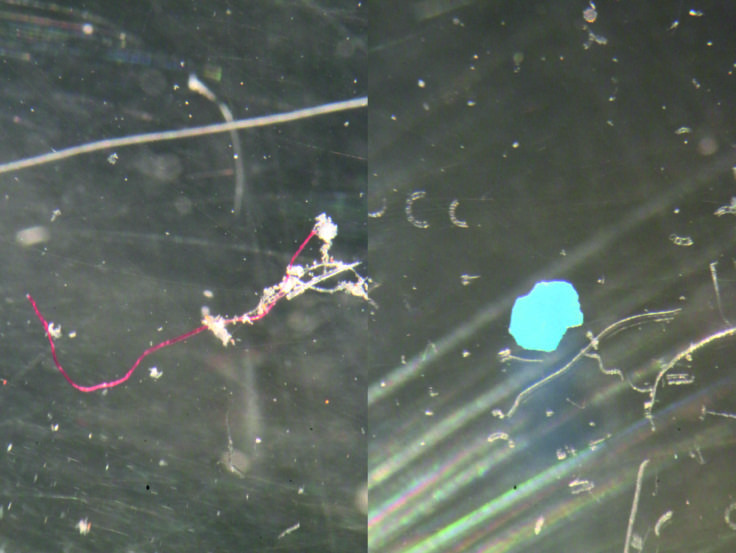
Our scientists are working with our collaborators to quantify how much plastic pollution there is in the polar regions, where it comes from and what effects it is having on polar ecosystems.
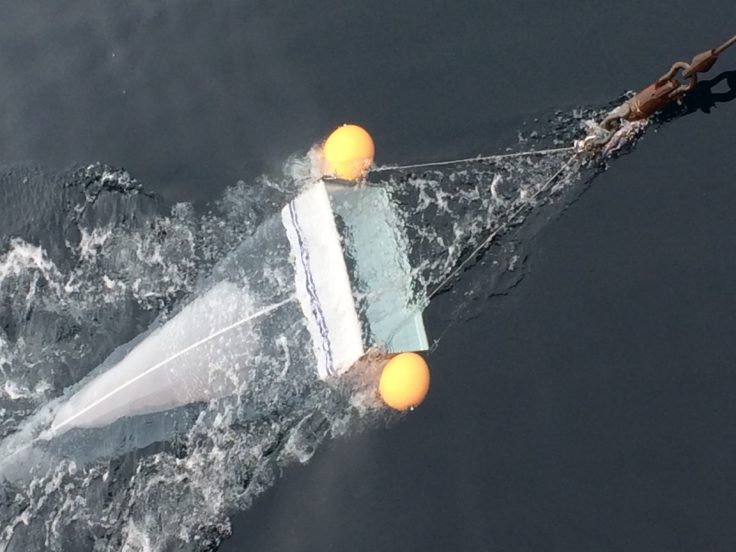
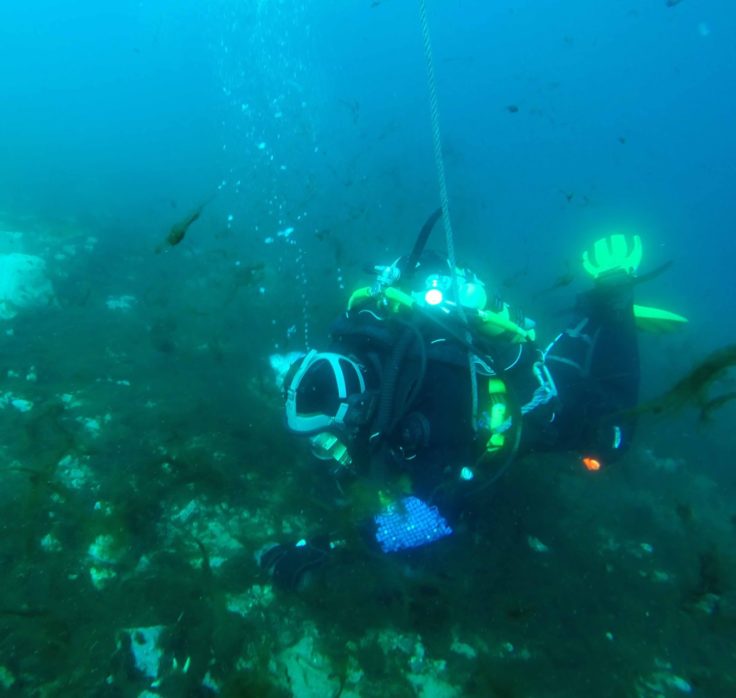
Read the report from the BAS-CCI workshop ‘Plastics in the Ocean: Challenges and Solutions’ here
For more information about how the international community is dealing with plastics at the poles there will be a meeting at SCAR2020.
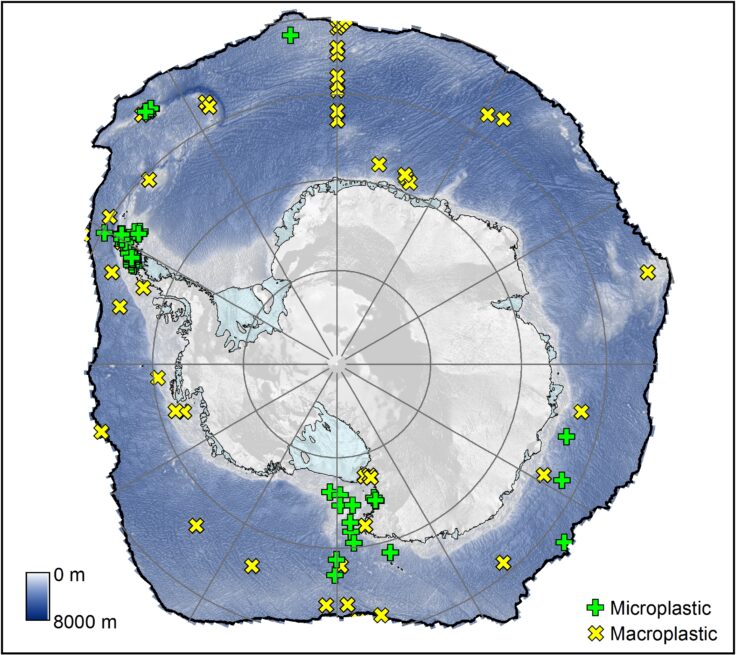
Marine Biogeographer
BAS-Arctic Working Group, Biodiversity, Evolution and Adaptation team
Marine Geophysicist
BAS-Arctic Working Group, Palaeo Environments, Ice Sheets and Climate Change team
Quaternary Geologist
BAS-Arctic Working Group, Palaeo Environments, Ice Sheets and Climate Change team
Director of Innovations and Impact
BAS Science Strategy Executive Group, Information Services team, Innovation team, BAS Management team, UK Polar Data Centre team, BAS Executive team
Kirstie Jones-Williams – PhD Student
Cath Waller – University of Hull, UK
Iván Loaiza – Científica del Sur University, Peru
Bernabé Moreno – Científica del Sur University, Peru
Cesar O. Pacherres – Alfred Wegener Institute, Germany
Richard Thompson – Plymouth University
Tamara Galloway – University of Exeter
Steve Fletcher – UNEP-WCMC
Ilaria Corsi – Università di Siena
Elisa Bergami – Università di Siena
Matthew Cole – Plymouth Marine Laboratory
Bhavani Narayanaswamy – The Scottish Association for Marine Science
Philip Anderson – The Scottish Association for Marine Science
29 May, 2025 by Emily Neville
At the bottom of the world, where few humans have ever set foot, an unwelcome visitor has arrived. Antarctica – the vast, frozen wilderness of ice and snow – is …
23 October, 2020
New study of plastics in the Antarctic Peninsula, South Georgia and the Sandwich Islands
28 April, 2020
Food wrapping, fishing gear and plastic waste continue to reach the Antarctic. Two new studies into how plastic debris is reaching sub-Antarctic islands are published in the journal Environment International. …
23 October, 2017
Blue Planet II – the nature documentary that explores the deepest and darkest realms of the world’s oceans – is back on the BBC some 16 years after it was …
19 June, 2017
The levels of microplastic particles accumulating in the Antarctic are much worse than expected, a team of experts has warned. The continent is considered to be a pristine wilderness compared …
22 April, 2002
22 April 2002 PR Number 6/2002 Discarded human debris is encouraging colonization of exotic marine animals in the world’s oceans and threatening global biodiversity, particularly in the Southern Ocean. The …
Waller, Catherine L.; Griffiths, Huw J.; Waluda, Claire M.; Thorpe, Sally E.; Alamo, Ivan; Moreno, Bernabé; Pacherres, Cesar; Hughes, Kevin. 2017 Microplastics in the Antarctic marine system: an emerging area of research. Science of the Total Environment, 598. 220-227. 10.1016/j.scitotenv.2017.03.283
Dell’Ariccia, Gaia; Phillips, Richard A.; van Franeker, Jan A.; Gaidet, Nicolas; Catry, Paulo; Granadeiro, José P.; Ryan, Peter G.; Bonadonna, Francesco. 2017 Comment on “Marine plastic debris emits a keystone infochemical for olfactory foraging seabirds” by Savocaet al. Science Advances, 3 (6), e1700526. 4, pp. 10.1126/sciadv.1700526
Cherel, Yves; Xavier, Jose C.; de Grissac, Sophie; Trouvé, Colette; Weimerskirch, Henri. 2017 Feeding ecology, isotopic niche, and ingestion of fishery-related items of the wandering albatross Diomedea exulans at Kerguelen and Crozet Islands. Marine Ecology Progress Series, 565. 197-215. 10.3354/meps11994
Phillips, R.A.; Gales, R.; Baker, G.B.; Double, M.C.; Favero, M.; Quintana, F.; Tasker, M.L.; Weimerskirch, H.; Uhart, M.; Wolfaardt, A.. 2016 The conservation status and priorities for albatrosses and large petrels. Biological Conservation, 201. 169-183. 10.1016/j.biocon.2016.06.017
Jiménez, Sebastián; Domingo, Andrés; Brazeiro, Alejandro; Defeo, Omar; Phillips, Richard A.. 2015 Marine debris ingestion by albatrosses in the southwest Atlantic Ocean. Marine Pollution Bulletin, 96 (1-2). 149-154. 10.1016/j.marpolbul.2015.05.034
Trathan, Phil N.; Garcia-Borboroglu, Pablo; Boersma, Dee; Bost, Charles-Andre; Crawford, Robert J.M.; Crossin, Glenn T.; Cuthbert, Richard J.; Dann, Peter; Davis, Lloyd Spencer; De la Puente, Santiago; Ellenberg, Ursula; Lynch, Heather J.; Mattern, Thomas; Putz, Klemens; Seddon, Philip J.; Trivelpiece, Wayne; Wienecke, Barbara. 2015 Pollution, habitat loss, fishing and climate change as critical threats to penguins. Conservation Biology, 29 (1). 31-41. 10.1111/cobi.12349
Reisser, Julia; Shaw, Jeremy; Hallegraeff, Gustaaf; Proietti, Maira; Barnes, David K. A.; Thums, Michele; Wilcox, Chris; Hardesty, Britta Denise; Pattiaratchi, Charitha. 2014 Millimeter-Sized Marine Plastics: A New Pelagic Habitat for Microorganisms and Invertebrates. PLoS ONE, 9 (6), e100289. e100289. 10.1371/journal.pone.0100289
Waluda, Claire M.; Staniland, Iain J.. 2013 Entanglement of Antarctic fur seals at Bird Island, South Georgia. Marine Pollution Bulletin, 74 (1). 244-252. 10.1016/j.marpolbul.2013.06.050
Ivar do Sul, Juliana A.; Barnes, David; Costa, Monica F.; Convey, Peter; Costa, Erli S.; Campos, Lúcia. 2011 Plastics in the Antarctic environment: Are we looking only at the tip of the iceberg? Oecologia Australis, 15 (1). 150-170. 10.4257/oeco.2011.1501.11
Phillips, Richard A.; Ridley, Cindy; Reid, Keith; Pugh, Philip J.A.; Tuck, Geoffrey N.; Harrison, Nancy. 2010 Ingestion of fishing gear and entanglements of seabirds: monitoring and implications for management. Biological Conservation, 143 (2). 501-512. 10.1016/j.biocon.2009.11.020
Barnes, David K.A.; Walters, Adam; Gonçalves, Leandra. 2010 Macroplastics at sea around Antarctica. Marine Environmental Research, 70 (2). 250-252. 10.1016/j.marenvres.2010.05.006
Barnes, David K.A.; Galgani, Francois; Thompson, Richard C.; Barlaz, Morton. 2009 Accumulation and fragmentation of plastic debris in global environments. Philosophical Transactions of the Royal Society of London, Series B, 364 (1526). 1985-1998. 10.1098/rstb.2008.0205
Young, Lindsay C.; Vanderlip, Cynthia; Duffy, David C.; Afanasyev, Vsevolod; Shaffer, Scott A.. 2009 Bringing home the trash: Do colony-based differences in foraging distribution lead to increased plastic ingestion in Laysan albatrosses? PLoS ONE, 4 (10), e7623. 8, pp. 10.1371/journal.pone.0007623
Barnes, D.K.A.; Milner, P.. 2005 Drifting plastic and its consequences for sessile organism dispersal in the Atlantic Ocean. Marine Biology, 146 (4). 815-825. 10.1007/s00227-004-1474-8
Barnes, David K.A.. 2005 Remote islands reveal rapid rise of Southern Hemisphere sea debris. Scientific World Journal, 5. 915-921. 10.1100/tsw.2005.120
Barnes, David K.A.; Warren, Nicholas L.; Webb, Karen; Phalan, Ben; Reid, Keith. 2004 Polar pedunculate barnacles piggy-back on pycnogona, penguins, pinniped seals and plastics. Marine Ecology Progress Series, 284. 305-310. 10.3354/meps284305
Barnes, David K.A.. 2004 Natural and plastic flotsam strading in the Indian Ocean. In: Davenport, John; Davenport, Julia L., (eds.) The effects of human transport on ecosystems: cars and planes, boats and trains. Dublin, Royal Irish Academy, 193-205.
Barnes, David K.A.; Fraser, Keiron P.P.. 2003 Rafting by five phyla on man-made flotsam in the Southern Ocean. Marine Ecology Progress Series, 262. 289-291. 10.3354/meps262289
Convey, Peter; Barnes, David K.A.; Morton, A.. 2002 Debris accumulation on oceanic island shores of the Scotia Arc, Antarctica. Polar Biology, 25 (8). 612-617. 10.1007/s00300-002-0391-x
Barnes, David K.A.. 2002 Invasions by marine life on plastic debris. Nature, 416 (6883). 808-809. 10.1038/416808a
Walker, T.R.; Reid, K.; Arnould, J.P.Y.; Croxall, J.P.. 1997 Marine debris surveys at Bird Island, South Georgia 1990–1995. Marine Pollution Bulletin, 34 (1). 61-65. 10.1016/S0025-326X(96)00053-7
Huin, Nicolas; Croxall, John P.. 1996 Fishing gear, oil and marine debris associated with seabirds at Bird Island, South Georgia, during 1993/1994. Marine Ornithology, 24 (1-2). 19-22.
Arnould, J.P.Y.; Croxall, J.P.. 1995 Trends in entanglement of Antarctic fur seals (Arctocephalus gazella) in man-made debris at South Georgia. Marine Pollution Bulletin, 30 (11). 707-712. 10.1016/0025-326X(95)00054-Q
Croxall J.P.; Rodwell S., Boyd I.L. 1990 Entanglement in man-made debris of Antarctic fur seals at Bird Island, South Georgia. Mar Mamm Sci 6:221-233
Bonner, W.N.; Croxall, J.P.. 1988 An assessment of environmental impacts arising from scientific research and its logistic support at Bird Island, South Georgia. Cambridge, British Antarctic Survey.
Bonner, W.N., McCann, T.S., 1982 Neck collars on fur seals Arctocephalus gazella, at South Georgia. BAS Bull 57, 73-77.
Payne, M.R., 1979 Fur seals Arctocephalus tropicalis and A. gazella crossing the Antarctic Convergence at South Georgia. Mammalia 43, 93-98.